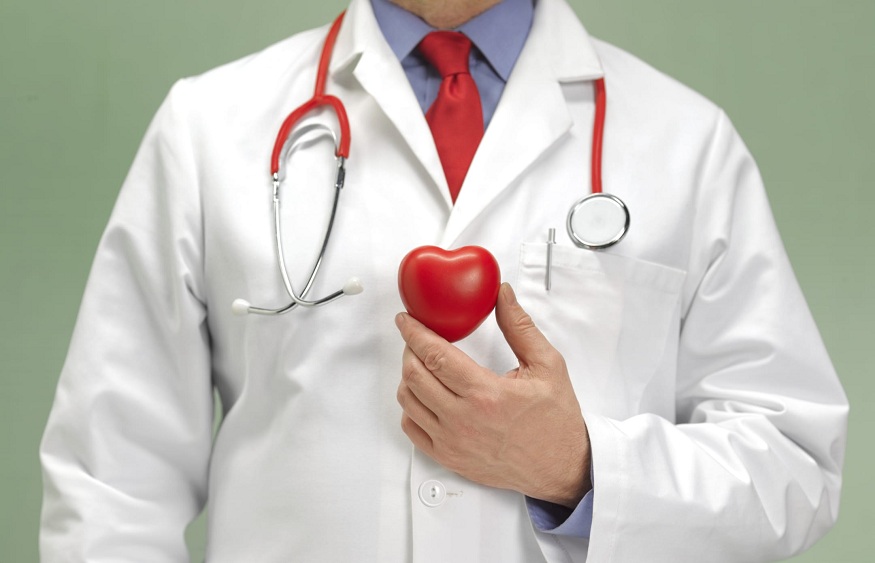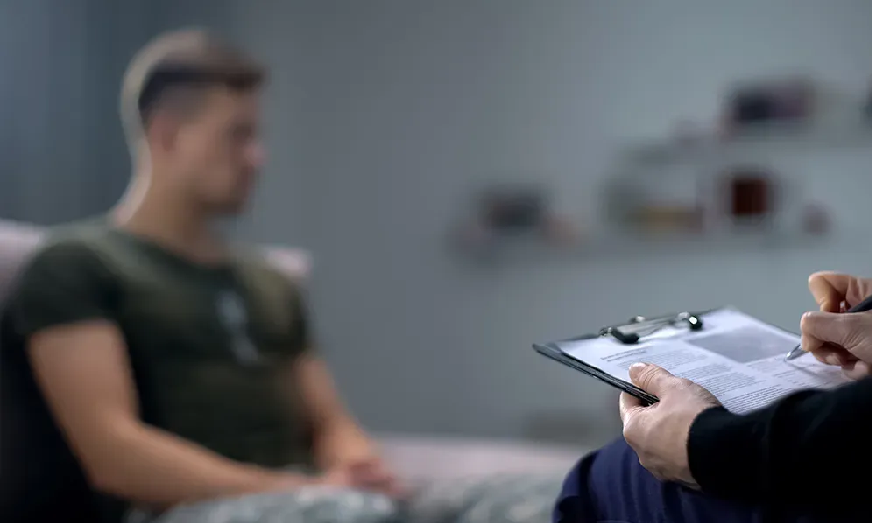There’s a revolution happening in cardiology. It’s not something you’ll spot on the streets but behind the scenes in clinical labs and hospitals. It’s altering the landscape of patient care. Breakthroughs and innovations are bringing us closer to understanding and treating heart diseases better than ever. From wearable tech for monitoring heart health to stress testing Upper East Side style! These aren’t just fancy buzzwords or hype. These are real, tangible advances that are making ripples in the cardiovascular world. Let’s delve into these breakthroughs and how they’re reshaping our approach to heart health.
The Rise of Wearable Technology
Imagine having a doctor on your wrist, continuously keeping an eye on your heart. That’s what wearables are bringing to the medical world. They’re not just counting steps or tracking sleep anymore. Advanced wearables can monitor your heart rate, detect irregular heart rhythms, and even predict potential problems before they become serious. It’s like having a personal cardiologist on call, 24/7.
Stress Testing – The Upper East Side Technique
Stress testing isn’t new, but how we’re doing it is. The Upper East Side method is a game changer. It’s not just about pushing your heart to its limit under clinical supervision. It’s about understanding how your heart responds to stress, capturing data, and using it to create a personalized care plan. It’s about prevention, not just detection.
3D Printing – Crafting the Heart
What if we could build a replica of your heart? Sounds like sci-fi? Well, it’s happening right now with 3D printing. It’s helping doctors study heart structure, plan surgeries, and even construct bio-compatible heart parts. It’s bringing precision and customization to heart care like never before.
Machine Learning – The Smart Cardiologist
Computers are getting smarter. They’re learning to recognize patterns, make predictions, and even diagnose diseases. In cardiology, machine learning is providing insights that were previously impossible to obtain. It’s helping us to understand heart diseases at a molecular level and to develop treatments that are tailored to individual patients. The future of cardiology is smart, and it’s here.
So, there you have it. From wearable tech to stress testing style, from 3D printing to machine learning, cardiology is undergoing a quiet revolution. And it’s not just about new technology. It’s about a new approach to patient care. It’s about understanding the heart, not just as an organ, but as a complex, living machine. It’s about treating people, not just diseases. It’s about preventing heart diseases, not just curing them. And that, my dear reader, is a revolution worth celebrating.




